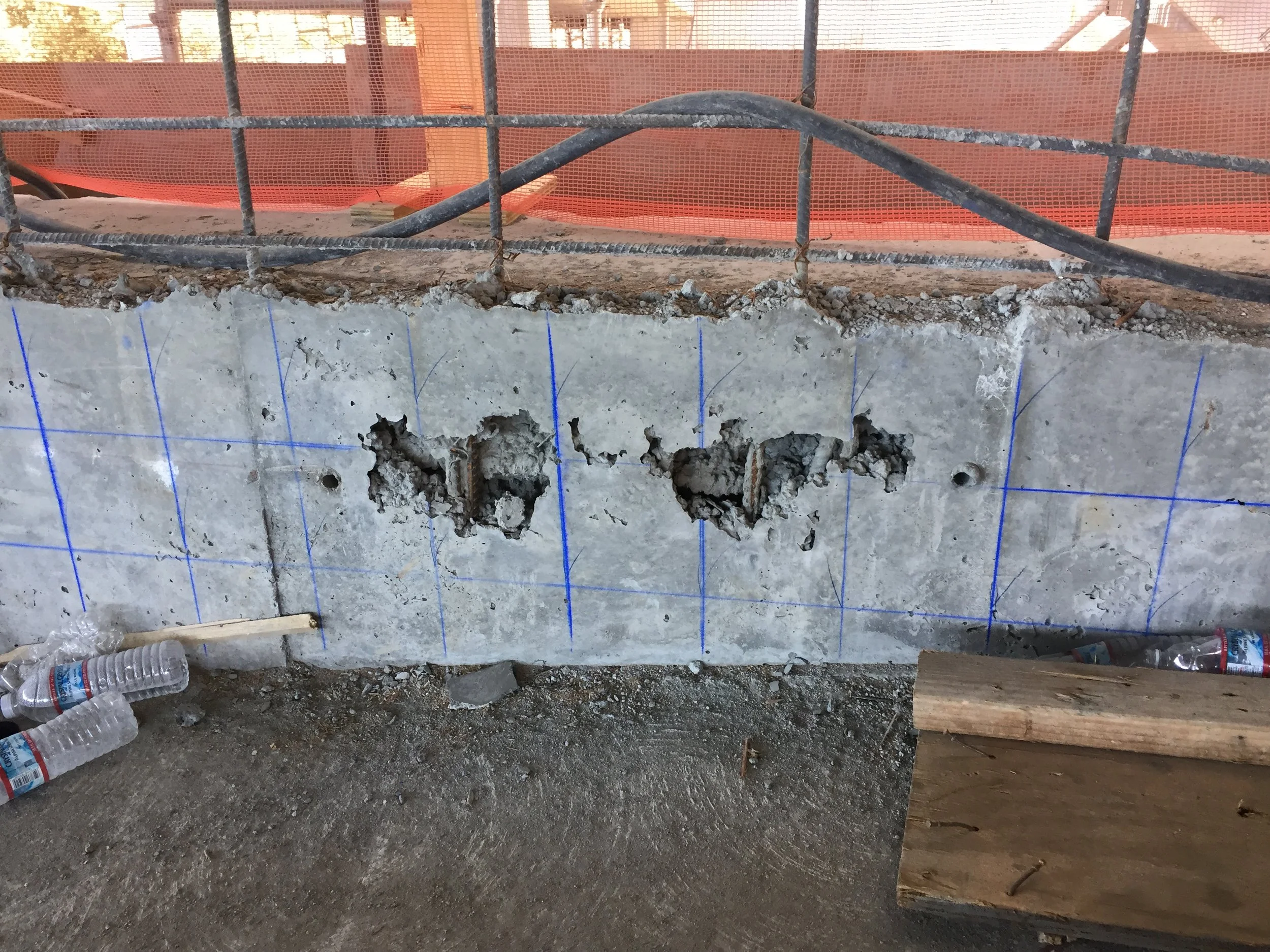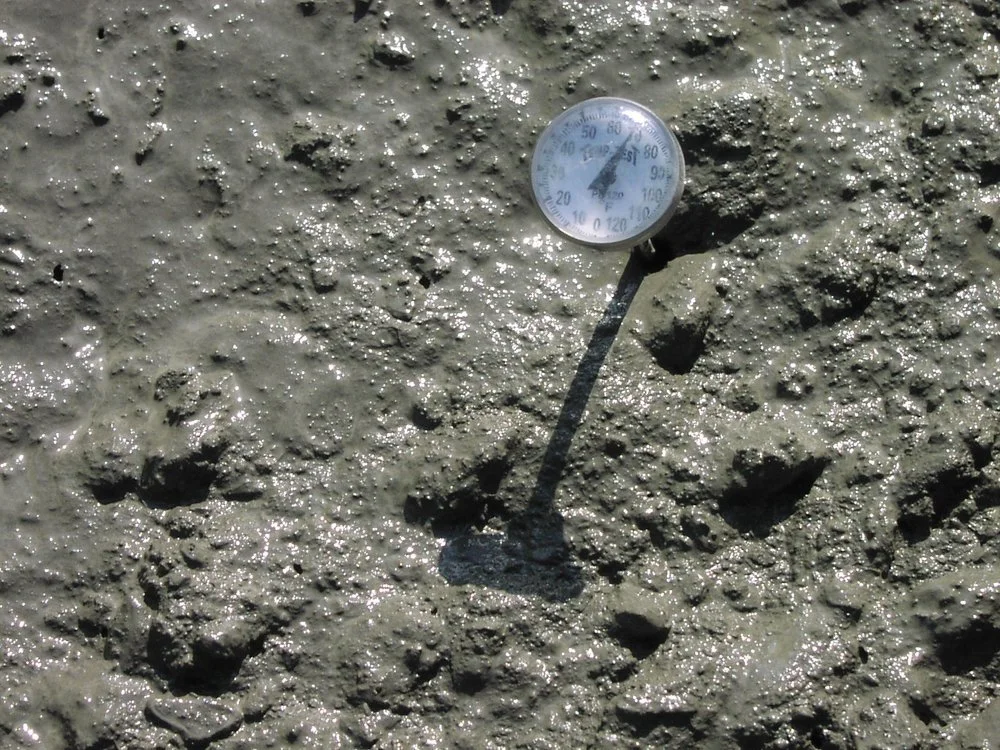The Concrete Science© Blog
The Concrete Science© Blog
Can fire-damaged concrete be saved or is total replacement the only option?
In this on-site video, Concrete Science investigates three dramatically different structures affected by fire—a basement with exposed rebar, a slab under collapsed apartments, and a shallow residential foundation. Learn how forensic testing, petrography, and expert judgment guide decisions on what can be repaired and what must be rebuilt.
Nondestructive Evaluation and Repair of Concrete Masonry Unit Walls
Nondestructive testing methods (NDT), including impact-echo techniques, were used to evaluate the quality and integrity of grout in concrete masonry unit (CMU) walls where concerns arose during construction. The testing identified areas of debonding and voids, which were successfully repaired using low-viscosity epoxy injection, restoring the structural integrity of the walls.
Condition Evaluation of Fire Exposed Concrete Foundation
Concrete structures often survive fires better than steel or timber but can still suffer spalling, cracking, and strength loss from prolonged heat exposure. This paper examines fire-induced concrete damage and highlights assessment methods like pulse velocity testing, rebound hammer tests, and petrographic analysis. A case study of a fire-exposed residential foundation demonstrates that with proper evaluation, targeted repairs can restore structural integrity without full demolition, offering a cost-effective rehabilitation approach.
Unlocking the Hidden World of Concrete with Ground Penetrating Radar Systems (GPRS)
Ground Penetrating Radar Systems (GPRS) are revolutionizing concrete investigation by providing non-invasive, precise subsurface mapping. From rebar detection to structural assessments, GPRS ensures safety, efficiency, and cost-effective solutions for concrete projects. Learn more in our latest blog!
Schmidt Hammer Testing: Quick Guide to Non-Destructive Concrete Assessment
The Schmidt hammer, also known as the rebound hammer, is a trusted tool for non-destructive testing of concrete and rock strength. Used in construction, engineering, and geology, it provides quick, reliable surface hardness measurements to estimate compressive strength. This guide explores how it works, its advantages, and its role in ensuring structural integrity and quality control.
Basics of Concrete
ConcreteScience© - Concrete Science, Inc. publishes educational & informational articles to enhance knowledge base of concrete contractors, engineers, architects, owners, and other construction professionals, on the basics of concrete science.
What is Petrography and How is it Applied to Construction Material?
The definition of petrography is the branch of science concerned with the description of rocks especially by microscopic study. We, at Concrete Science, use petrography as a baseline for examining the concrete or construction material and/or the sand and gravel.








